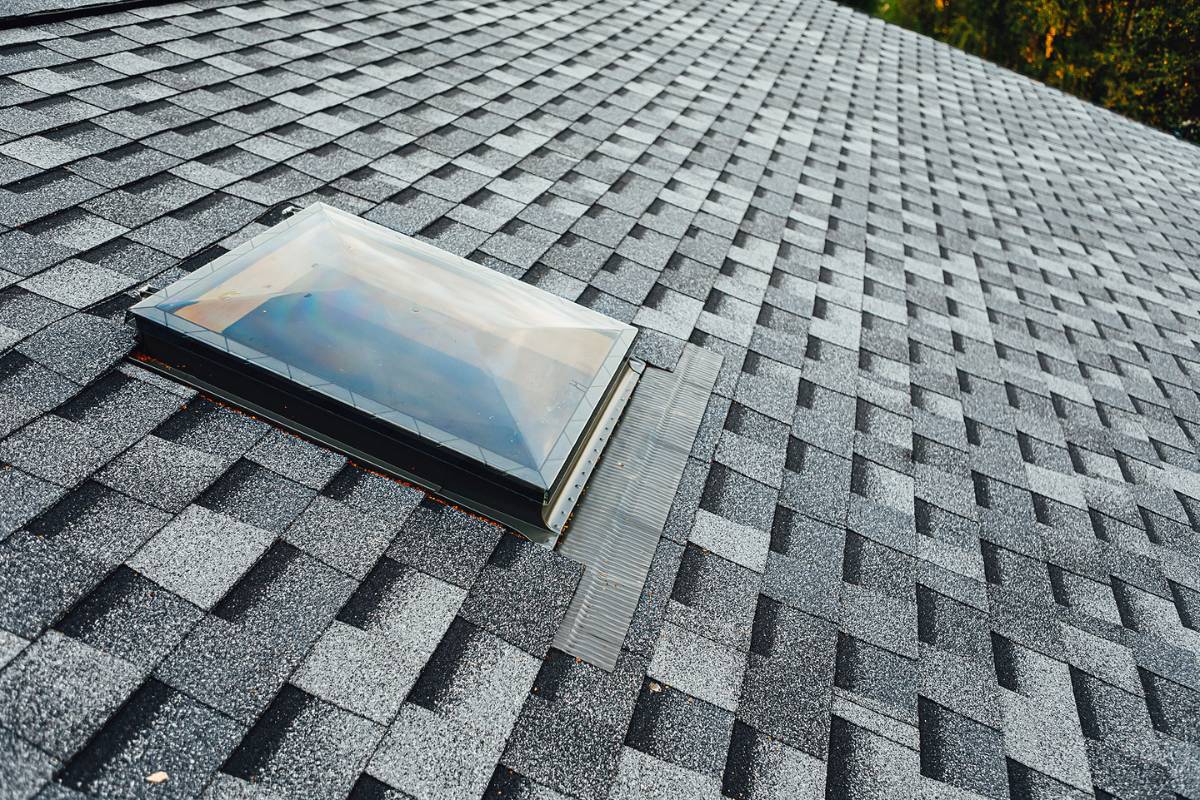

Articles
What Is The Best Material For A Flat Roof
Modified: January 8, 2024
Looking for the best material for a flat roof? Read our articles to discover the top options for a durable and long-lasting flat roof.
(Many of the links in this article redirect to a specific reviewed product. Your purchase of these products through affiliate links helps to generate commission for Storables.com, at no extra cost. Learn more)
Introduction
When it comes to constructing or replacing a flat roof, choosing the right material is essential. The best material for a flat roof will depend on various factors, such as the climate, building structure, budget, and desired aesthetics. Selecting the appropriate roofing material ensures long-lasting durability, energy efficiency, and protection against the elements.
In this article, we will explore the different types of materials commonly used for flat roofs and discuss their benefits and considerations. Whether you are a homeowner, business owner, or contractor, understanding the options available will help you make an informed decision that meets your specific needs.
Factors such as cost, lifespan, maintenance, and environmental impact should all be taken into account when evaluating the best material for a flat roof. By considering these factors, you can find the perfect balance between functionality, aesthetics, and longevity.
Without further ado, let’s dive into the options available and explore the pros and cons of each material, allowing you to make an educated choice for your flat roof.
Key Takeaways:
- Choose the best material for your flat roof by considering climate, budget, installation, and maintenance needs. Consult with professionals to ensure durability, energy efficiency, and aesthetic appeal for years to come.
- Asphalt, EPDM rubber, PVC, TPO, BUR, metal, and green roofing are all viable options for flat roofs, each with unique benefits and considerations. Carefully evaluate your specific needs and consult with roofing experts to make an informed decision.
Read more: How To Replace A Flat Roof
Factors to Consider when Choosing the Best Material for a Flat Roof
Before selecting a material for your flat roof, it’s important to consider several factors that will impact its performance and longevity. By assessing these factors, you can determine the most suitable material for your specific needs and location.
Climate
The climate of your area plays a crucial role in selecting the best material for your flat roof. If you live in a region with extreme temperatures, such as hot summers or cold winters, you should choose a material that can withstand these conditions. Some materials are more resistant to UV rays and heat, while others excel in protecting against moisture, ice, or heavy snow loads.
Budget
Another significant factor to consider when choosing a flat roof material is your budget. Different materials come at various price points, so it’s important to set a budget and find a material that fits within that range. Keep in mind that while some materials may have a higher upfront cost, they may offer long-term savings through their durability and energy efficiency.
Installation and Maintenance
Consider the level of expertise required for installation and ongoing maintenance. Some materials may require specialized installation techniques, which could increase labor costs. Additionally, maintenance requirements vary between materials, with some requiring regular inspections and repairs. Assess your available resources and determine whether you can handle the installation and maintenance demands of the chosen material.
Read more: How To Slope A Flat Roof For Drainage
Durability and Lifespan
The lifespan of the material is an important factor to consider. Some materials have longer lifespans, which can provide a better return on investment. Additionally, consider the durability of the material and its ability to withstand common issues such as leaks, punctures, and weather-related damage. Selecting a material with a strong reputation for durability can save you from costly repairs in the future.
Aesthetics
The visual appeal of your flat roof should also be taken into account. Some materials offer a range of colors and finishes, allowing you to match the roof to the style of your building. Aesthetics may be particularly important if your flat roof is visible from ground level or adjacent buildings.
Environmental Impact
Lastly, consider the environmental impact of the material. Some materials offer eco-friendly options, such as those made from recycled materials or those that provide energy-saving benefits. If sustainability is a priority for you, look for materials with green certifications or those that can help reduce energy consumption.
By considering these factors, you can narrow down your options and make an informed decision on the best material for your flat roof. Next, we will explore some of the most commonly used materials for flat roofs, their benefits, and considerations.
Asphalt
Asphalt is one of the most common roofing materials used for flat roofs. It is popular due to its affordability, ease of installation, and durability. Asphalt roofs consist of multiple layers of asphalt-coated roofing felt or fiberglass mats that are bonded together with asphalt bitumen.
Read more: What Are The Best Roof Shingles
Benefits of Asphalt:
- Affordability: Asphalt is a cost-effective option, making it a popular choice for many homeowners and businesses.
- Durability: Asphalt roofs have a good lifespan, typically lasting 20 to 30 years with proper maintenance.
- Weather Resistance: Asphalt is highly resistant to UV rays, making it a suitable choice for regions with hot climates.
- Wide Range of Options: Asphalt roofs come in a variety of colors and styles, allowing for customization and aesthetic appeal.
- Easy Repairs: In the event of damage, asphalt roofs can be easily repaired by patching or replacing the damaged section.
Considerations for Asphalt:
- Maintenance: Regular maintenance is essential to ensure the longevity of an asphalt roof. This includes clearing debris, inspecting for cracks or damage, and repairing any issues promptly.
- Temperature Sensitivity: Extreme temperature fluctuations can cause asphalt to expand and contract, leading to potential issues like cracking or blistering. Adequate insulation and ventilation can help mitigate this issue.
- Environmental Impact: Asphalt is not the most environmentally friendly option, as it is a petroleum-based product and has a higher carbon footprint compared to some other roofing materials.
- Weight: Asphalt roofs can be heavy, so it’s important to ensure that the building’s structure can support the weight before installation.
Overall, asphalt is a popular and cost-effective choice for flat roofs. It provides durability, weather resistance, and a wide range of style options. However, it’s important to stay on top of maintenance and consider the material’s environmental impact. Consult with a roofing professional to determine if asphalt is the best material for your specific needs.
EPDM Rubber
EPDM rubber, short for Ethylene Propylene Diene Monomer, is a synthetic rubber material that has become a popular choice for flat roofs. EPDM roofs are made from large sheets of rubber membrane that are adhered to the roof’s surface using adhesive or mechanical fasteners.
Benefits of EPDM Rubber:
- Excellent Durability: EPDM rubber roofs have a long lifespan, typically lasting 30 to 50 years with proper maintenance.
- Weather Resistance: EPDM is highly resistant to UV rays, ozone, and extreme temperatures, making it suitable for various climates.
- Flexibility: EPDM rubber can expand and contract with temperature changes, reducing the risk of cracking and splitting.
- Easy Installation and Repairs: EPDM rubber is relatively easy to install, and repairs can be done by patching or applying adhesive to the damaged area.
- Energy Efficiency: EPDM rubber roofs have heat-reflective properties, reducing energy consumption and potentially lowering cooling costs.
Read more: What Is A Roof Soffit
Considerations for EPDM Rubber:
- Seam Integrity: Proper installation is crucial to maintain the integrity of the seams. Faulty seams can lead to leaks and water damage.
- Maintenance: While EPDM rubber roofs require minimal maintenance, regular inspections and cleaning of debris are necessary to prevent issues and prolong the roof’s lifespan.
- Puncture Resistance: Although resistant to most substances, sharp objects such as branches or tools can puncture the rubber membrane if not handled carefully.
- Environmental Impact: EPDM rubber is considered an environmentally friendly option as it can be recycled at the end of its lifespan.
- Installation Expertise: Due to the precise installation requirements, it’s recommended to hire a professional roofing contractor experienced in working with EPDM rubber.
EPDM rubber is a versatile and durable option for flat roofs. Its excellent weather resistance, flexibility, and energy efficiency make it a popular choice among homeowners and professionals alike. However, proper installation and maintenance are crucial to ensure the longevity and integrity of the roof. Consult with a roofing specialist to determine if EPDM rubber is the best material for your flat roof.
PVC
PVC, or Polyvinyl Chloride, is a popular material for flat roofs due to its excellent durability and energy efficiency. PVC roofs are made of thermoplastic membranes that are heat-welded together, creating a seamless and watertight finish.
Benefits of PVC:
- Durability: PVC roofs are highly durable and can have a lifespan of 20 to 30 years or more.
- Weather Resistance: PVC is highly resistant to UV rays, chemicals, and the elements, making it suitable for various climates.
- Energy Efficiency: PVC roofs have excellent insulation properties, helping to reduce heating and cooling costs by keeping the building’s interior temperature stable.
- Low Maintenance: PVC roofs require minimal maintenance and can be easily cleaned with water and mild detergent.
- Fire Resistance: PVC is inherently fire-resistant and can help provide an added layer of protection to the building.
Considerations for PVC:
- Cost: PVC roofs can be more expensive upfront compared to other options, but their energy-saving benefits can help offset the initial investment over time.
- Installation: PVC roof installation should be done by experienced professionals as the heat welding process requires precision and expertise.
- Environmental Impact: PVC is a plastic material and has raised concerns regarding its environmental impact and sustainability. However, newer formulations of PVC have reduced environmental impact and can be recyclable.
- Expansion and Contraction: Like other materials, PVC can expand and contract with temperature changes. Proper installation techniques, including allowance for movement, are necessary to avoid issues such as seam separation.
PVC offers excellent durability, weather resistance, energy efficiency, and low maintenance, making it an attractive choice for flat roofs. However, the higher initial cost and potential environmental concerns should be considered. Consult with a roofing professional to assess whether PVC is the best material for your specific flat roof requirements.
Read more: What Is A Roof Shingle
TPO
TPO, or Thermoplastic Olefin, is a popular roofing material for flat roofs that offers a balance of durability, affordability, and energy efficiency. TPO roofs are made of a single-ply membrane that is heat-welded together to create a seamless and weather-resistant surface.
Benefits of TPO:
- Durability: TPO roofs are highly resistant to tears, impacts, and punctures, providing long-lasting protection for your flat roof.
- Weather Resistance: TPO is designed to withstand UV rays, extreme temperatures, and severe weather conditions, making it suitable for various climates.
- Energy Efficiency: TPO roofs have high reflectivity, helping to reduce heat absorption and lower cooling costs by maintaining a cooler building interior.
- Affordability: Compared to some other roofing materials, TPO is considered a cost-effective option, making it appealing for budget-conscious projects.
- Environmentally Friendly: TPO roofs are often made with recyclable materials and can be an environmentally friendly choice for sustainable building practices.
Considerations for TPO:
- Quality of Installation: Proper installation is crucial for TPO roofs, and it’s essential to work with experienced roofers who have expertise in TPO installation techniques.
- Product Quality: Not all TPO products are created equal. It’s important to choose a reputable manufacturer with a strong track record to ensure the product’s quality and longevity.
- Maintenance: While TPO roofs require minimal maintenance, regular inspections and cleaning are necessary to ensure their performance and extend their lifespan.
- Seam Integrity: The quality of heat-welded seams is important to maintain the roof’s integrity. Faulty seams can compromise the effectiveness of the TPO roof, leading to leaks and water damage.
- Compatibility: TPO may not be compatible with certain materials, such as asphalt-based products, so it’s crucial to consult with a professional to ensure compatibility if incorporating TPO into an existing roofing system.
TPO is a popular choice for flat roofs due to its combination of durability, affordability, and energy efficiency. However, proper installation and maintenance are key to maximizing its benefits. Consult with a roofing expert to determine if TPO is the right material for your flat roof needs.
Built-Up Roofing (BUR)
Built-Up Roofing (BUR) is a traditional and durable roofing system for flat roofs that has been in use for over a century. This type of roof is constructed by layering multiple plies of reinforcing material, such as fiberglass or organic felt, and then applying liquid asphalt or coal tar pitch as a waterproofing agent.
Read more: What Is A Rolled Roof
Benefits of Built-Up Roofing (BUR):
- Durability: BUR roofs are known for their exceptional strength and longevity, with a lifespan that can exceed 30 years with proper maintenance.
- Weather Resistance: BUR roofs can withstand extreme weather conditions, including heavy rain, wind, and even minor foot traffic.
- Fire Resistance: Due to its composition, BUR roofs have excellent fire resistance, making them a popular choice for commercial buildings that require added protection.
- Thermal Performance: The multiple layers of insulation within a BUR roof provide effective thermal performance, helping to maintain a consistent indoor temperature.
- Easy Repairs: BUR roofs are relatively easy to repair since damaged areas can be patched or re-coated, extending the life of the roof.
Considerations for Built-Up Roofing (BUR):
- Installation Process: BUR roofs require skilled labor and are labor-intensive to install due to the layering of materials and the application of hot asphalt or tar.
- Weight: Since BUR roofs consist of multiple layers, they are relatively heavy and require proper structural support to withstand the added load.
- Maintenance: Routine maintenance is essential for BUR roofs. Regular inspections, clearing debris, and resealing the surface can help prevent issues like leaks and prolong the roof’s lifespan.
- Odor and Fumes: The application of hot asphalt or tar during installation can produce strong odors and fumes that may be bothersome to those nearby.
- Incompatibility with Some Materials: The use of certain materials, such as polystyrene insulation, may not be compatible with BUR roofs due to the high temperatures involved during installation.
Built-Up Roofing (BUR) has a long history of proven performance and provides excellent durability and fire resistance. While the installation process and maintenance requirements can be challenging, BUR roofs remain a reliable and cost-effective option for flat roofs. Consult with a roofing professional to determine if Built-Up Roofing is suitable for your specific needs and building structure.
Metal
Metal roofing is a durable and versatile option for flat roofs. It is made from various metal materials, such as steel, aluminum, or copper. Metal roofs can be installed as standing seam systems or in large sheets that are secured to the roof’s surface.
Benefits of Metal Roofing:
- Longevity: Metal roofs have an exceptionally long lifespan, often lasting 50 to 70 years or more with proper maintenance.
- Durability: Metal roofs are highly resistant to fire, wind, hail, and UV rays, offering superior protection against the elements.
- Energy Efficiency: Metal roofs have excellent heat-reflective properties, reducing energy consumption and lowering cooling costs.
- Aesthetic Appeal: Metal roofs are available in a wide range of styles and colors, allowing for customization to match the building’s architectural design.
- Minimal Maintenance: Metal roofs require minimal maintenance, typically only needing occasional inspections and cleaning.
Read more: What Is Sheathing On A Roof
Considerations for Metal Roofing:
- Cost: Metal roofing can have a higher upfront cost compared to other materials. However, its longevity and energy-saving benefits can provide a positive return on investment in the long run.
- Noise: Rain or hail can create a louder sound on a metal roof compared to other materials. However, with proper insulation and underlayment, this noise can be minimized.
- Expansion and Contraction: Metal roofs can expand and contract with temperature changes, so proper installation techniques, including allowing for movement, are necessary.
- Installation Expertise: Metal roofing installation requires specialized knowledge and skills. Working with experienced roofers is essential to ensure a proper and secure installation.
- Prone to Denting: While metal roofs are generally durable, certain metal types, such as aluminum, can be prone to denting if struck by heavy objects.
Metal roofing offers exceptional durability, longevity, and energy efficiency, making it a popular choice for both residential and commercial flat roofs. Although it may have a higher upfront cost, its long-term benefits and aesthetic appeal make it a worthwhile investment. Consult with a roofing professional to determine if metal roofing is the best material for your flat roof based on your specific needs and budget.
Green Roofing
Green roofing, also known as living roofs or vegetated roofs, is an innovative and ecologically-friendly option for flat roofs. It involves the installation of vegetation and a growing medium on the roof surface, creating a green space that offers a range of environmental and aesthetic benefits.
Benefits of Green Roofing:
- Environmental Benefits: Green roofs provide numerous environmental advantages, such as absorbing and filtering rainwater, reducing stormwater runoff, mitigating the urban heat island effect, and improving air quality by trapping pollutants.
- Energy Efficiency: The vegetation and growing medium of green roofs act as insulation, reducing heat transfer and improving energy efficiency by keeping the building cooler in summer and warmer in winter.
- Improved Air Quality: Green roofs help remove pollutants from the air, contributing to cleaner and healthier urban environments.
- Noise Reduction: The layers of vegetation and growing medium on green roofs provide sound insulation, reducing noise levels from outside sources.
- Aesthetic Value: Green roofs can enhance the visual appeal of a building, creating a natural and serene rooftop landscape. They also provide opportunities for urban agriculture or recreational spaces.
Considerations for Green Roofing:
- Structural Considerations: Green roofs are heavier than traditional roofing systems and require careful evaluation of the structural capacity of the building to support the additional weight of the vegetation, soil, and water.
- Installation and Maintenance: Green roofs require specialized installation techniques and ongoing maintenance to ensure the health and longevity of the vegetation. This includes regular watering, fertilizing, weeding, and monitoring for pests or diseases.
- Professional Expertise: Green roof installation and maintenance should be done by professionals with experience in this specialized area to ensure proper construction, plant selection, and irrigation systems.
- Cost: Green roofs can have higher upfront costs compared to traditional roofing systems due to the additional materials and specialized expertise required. However, they can provide long-term cost savings through energy efficiency and potential incentives or rebates offered in some areas.
- Appropriate Climate: Not all climates are suitable for green roofs. Consider factors such as sunlight exposure, rainfall patterns, and temperature ranges to determine if a green roof is feasible for your location.
Green roofing offers numerous benefits in terms of environmental sustainability, energy efficiency, and aesthetics. However, careful consideration of structural capacity, installation, and ongoing maintenance is necessary. Consult with a roofing professional experienced in green roofing to determine if it’s a viable and suitable option for your flat roof, taking into account your location, building structure, and budget.
Read more: What Is A Rake On A Roof
Conclusion
Choosing the best material for a flat roof is a crucial decision that can have a lasting impact on the durability, energy efficiency, and overall performance of the roof. By considering factors such as climate, budget, installation and maintenance requirements, durability, aesthetics, and environmental impact, you can make an informed decision that meets your specific needs.
Asphalt, EPDM rubber, PVC, TPO, built-up roofing (BUR), metal, and green roofing are all viable options for flat roofs, each with their own set of benefits and considerations. Asphalt offers affordability and ease of installation, while EPDM rubber provides excellent durability and flexibility. PVC and TPO offer energy efficiency and weather resistance, while BUR is known for its longevity and fire resistance. Metal roofs offer durability and aesthetic appeal, and green roofing provides environmental benefits and visual appeal.
It’s important to consult with a roofing professional to assess the suitability of each material for your specific flat roof. Factors such as climate, structural capacity, installation expertise, and maintenance requirements should be carefully considered to ensure the chosen material will meet your long-term goals.
Remember that proper installation, regular maintenance, and attention to details are essential for any flat roof material to perform at its best and to maximize its lifespan. A well-maintained roof can provide reliable protection and contribute to the overall value and energy efficiency of your building.
Ultimately, the best material for your flat roof will depend on your unique circumstances and priorities. Consider the specific needs of your building, your budget, and your desired performance criteria. With careful evaluation and the guidance of roofing professionals, you can choose the material that will provide you with a durable, efficient, and visually appealing flat roof for years to come.
Frequently Asked Questions about What Is The Best Material For A Flat Roof
Was this page helpful?
At Storables.com, we guarantee accurate and reliable information. Our content, validated by Expert Board Contributors, is crafted following stringent Editorial Policies. We're committed to providing you with well-researched, expert-backed insights for all your informational needs.
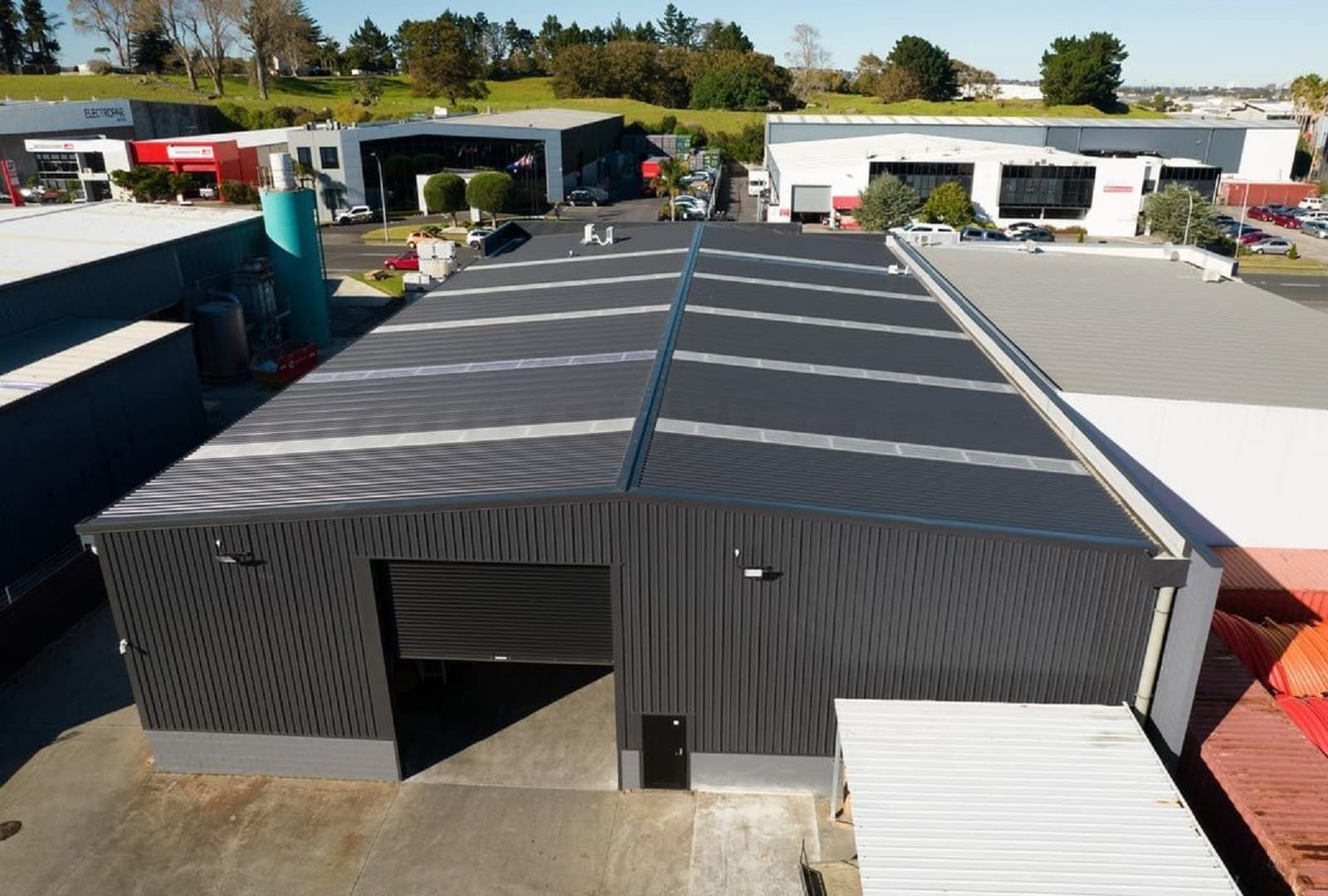
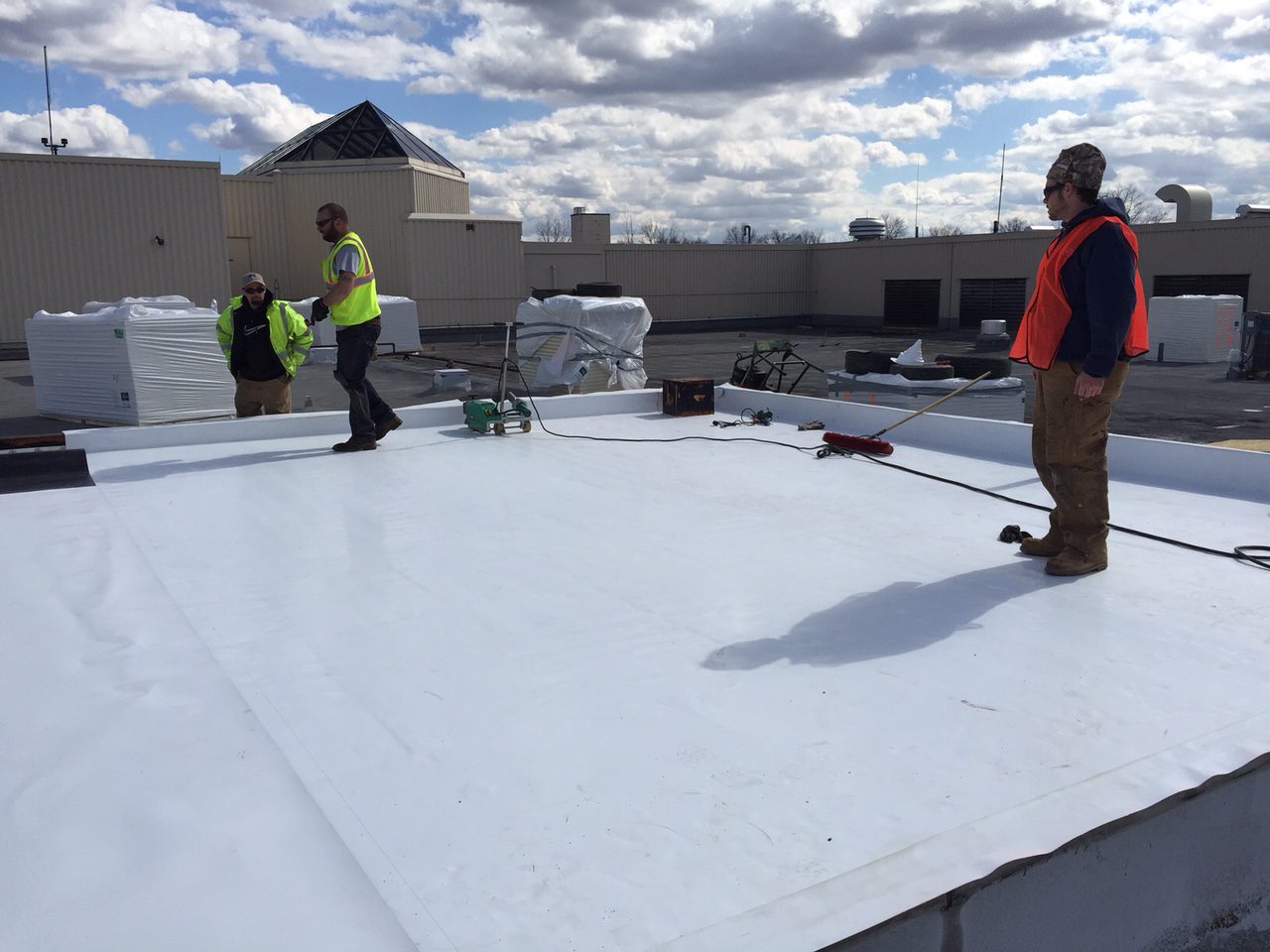
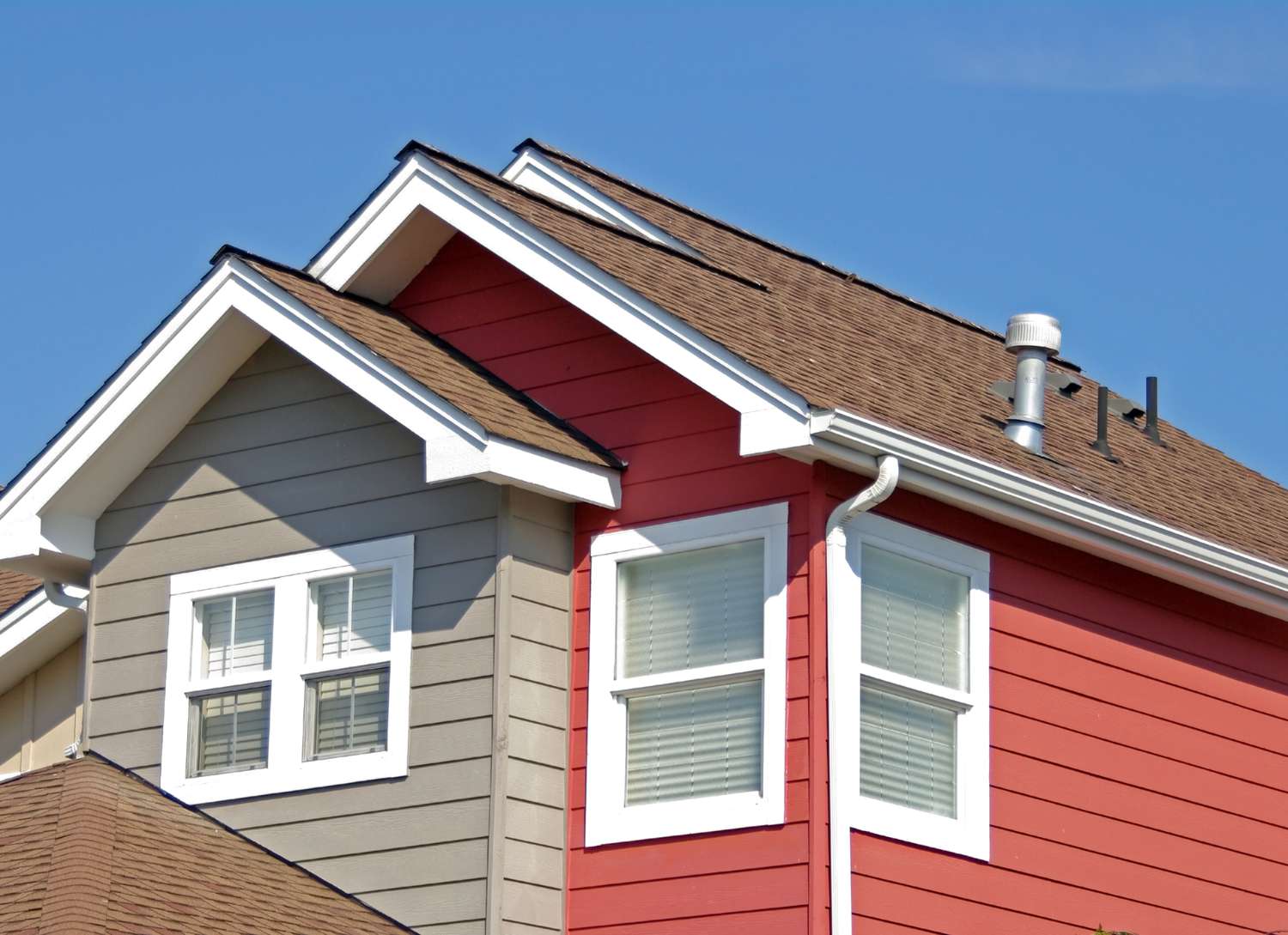
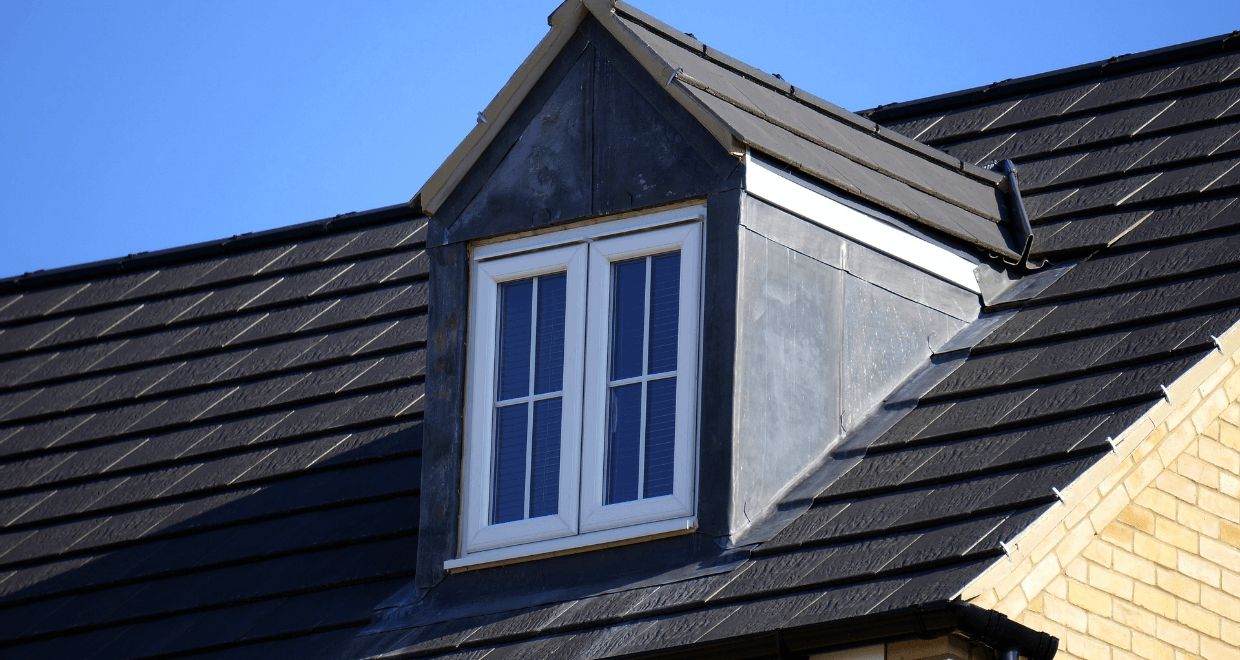
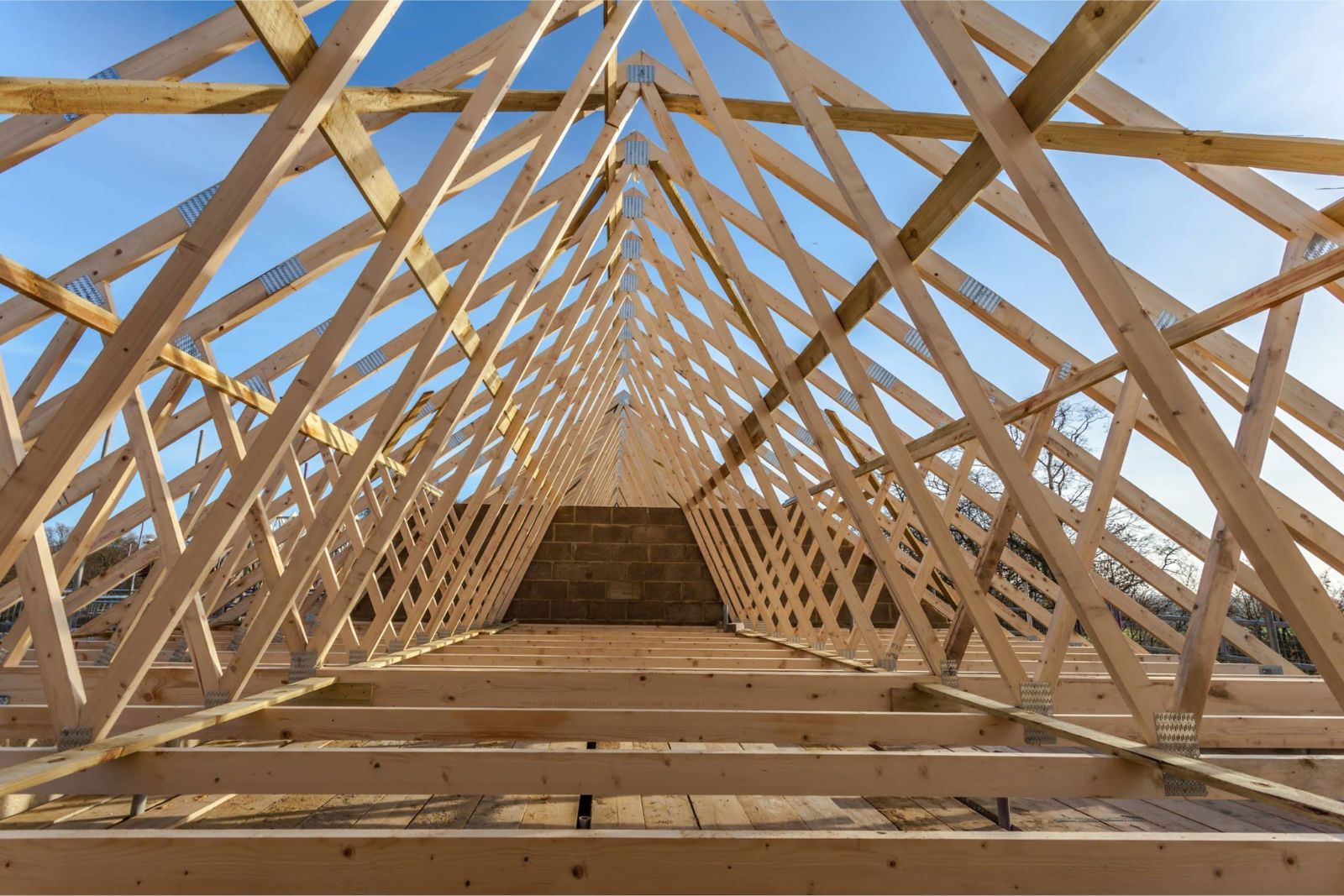
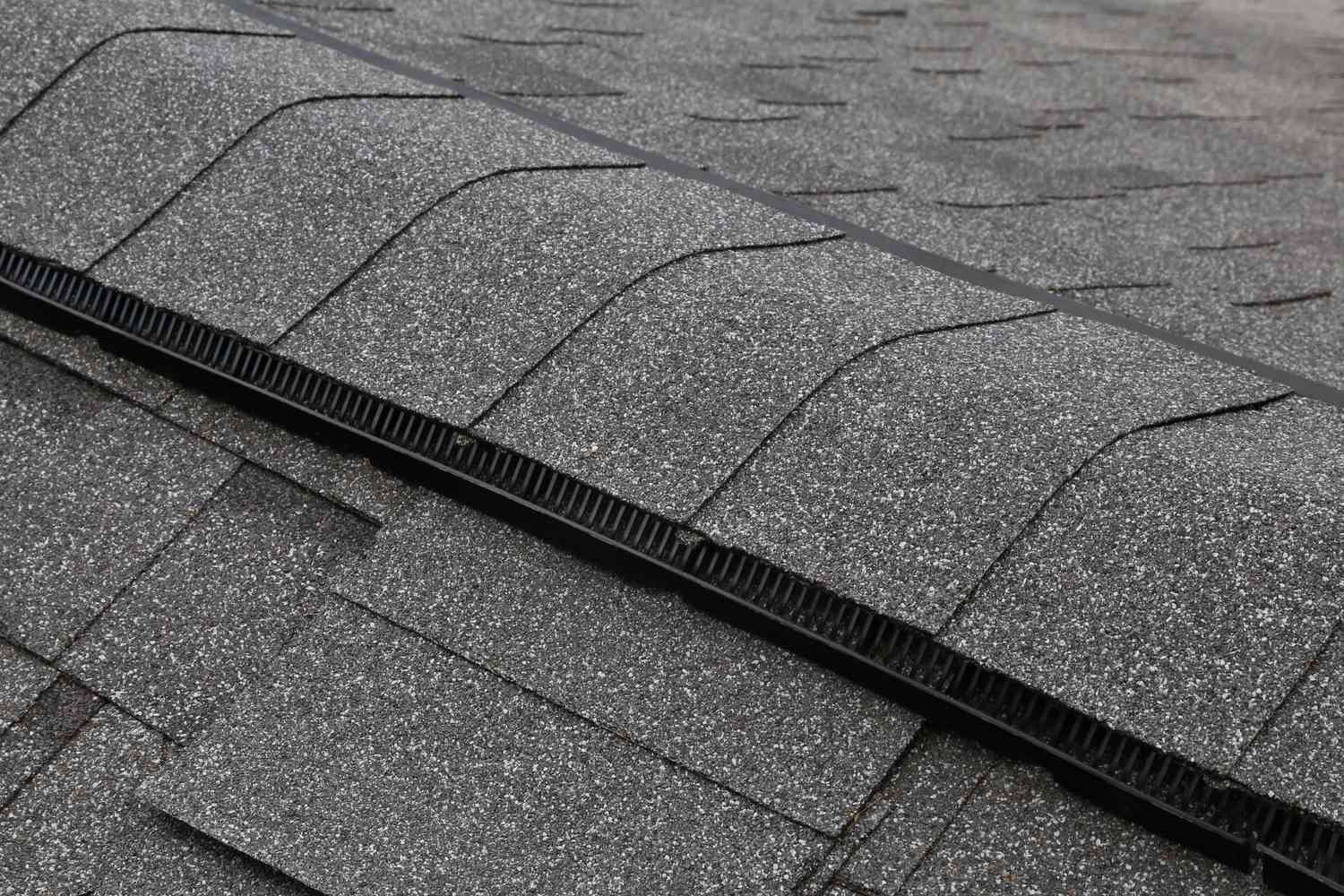
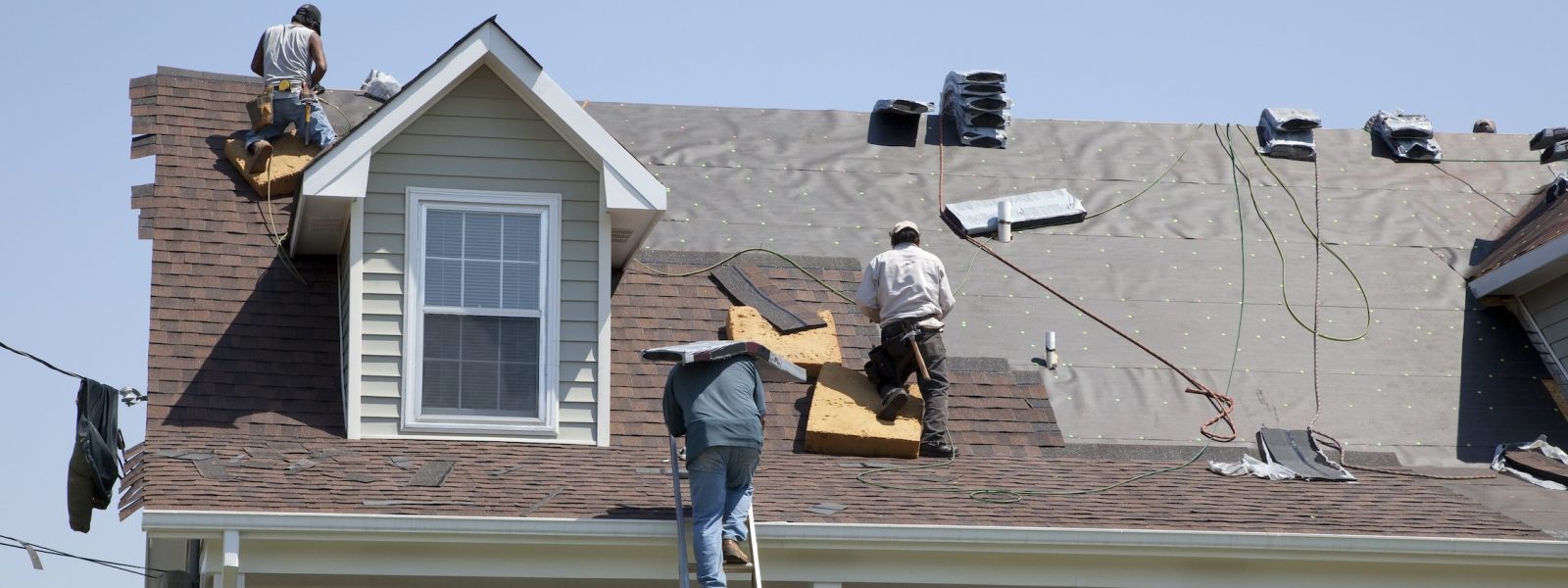
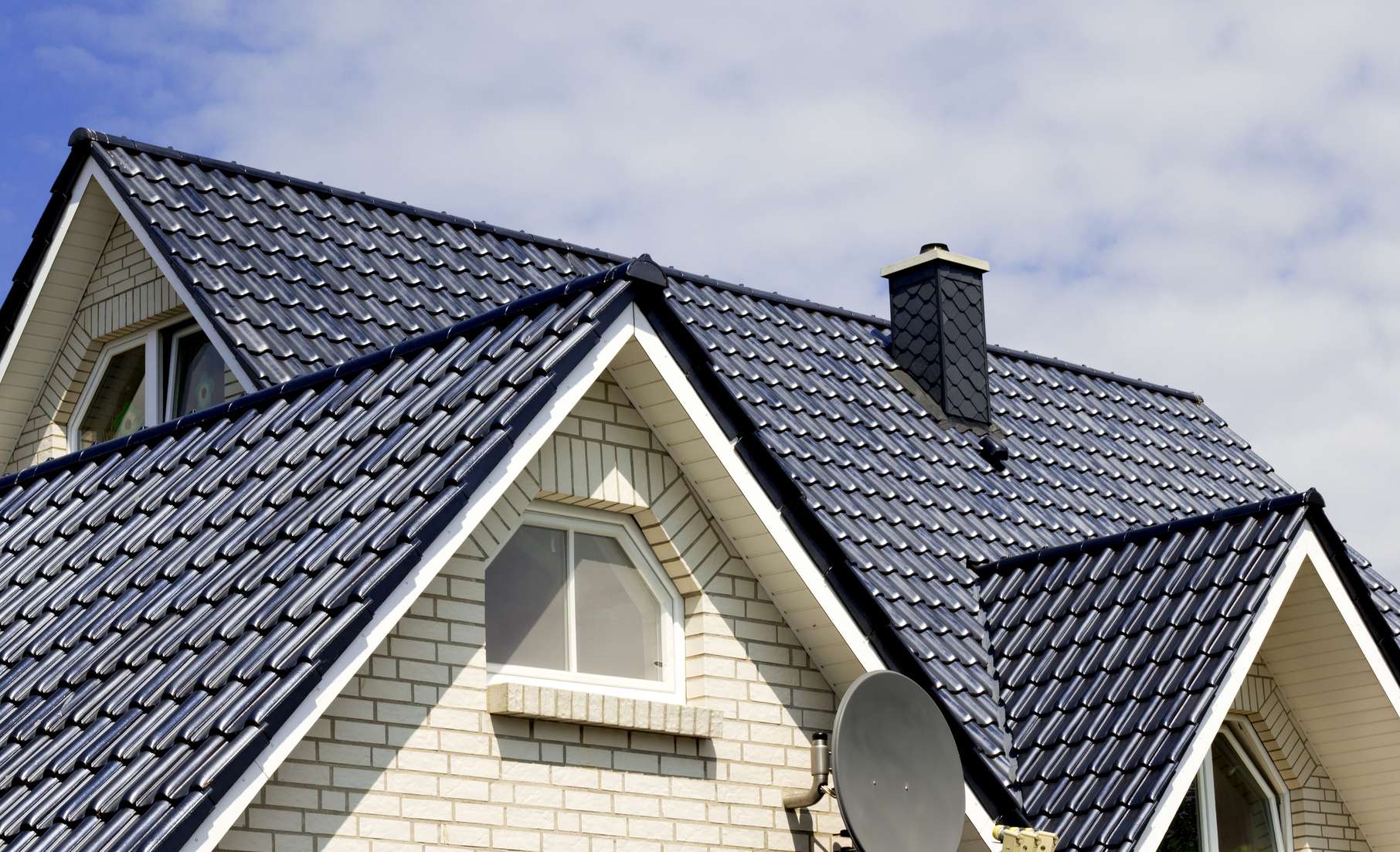

0 thoughts on “What Is The Best Material For A Flat Roof”